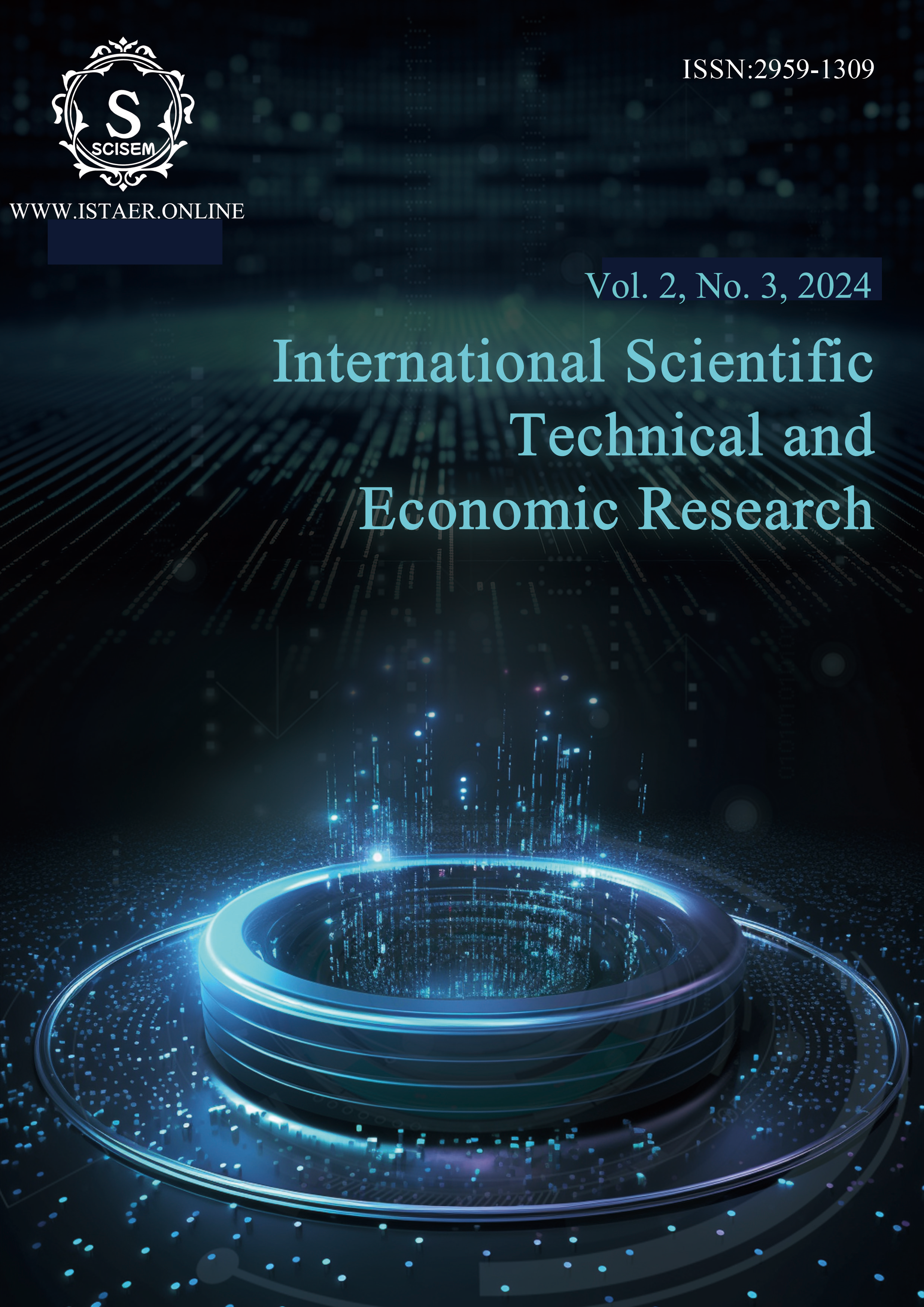Risk assessment of new quality productivity technology based on analytic hierarchy process and SWOT analysis
ACKNOWLEDGEMENTS: This work was Supported by Special Research Project on Teaching Reform(Grant No. 30120300100-23-yb-jgkt03).
Keywords:
Entropy Weight Method, Analytic Hierarchy Process, Linear Programming, SWOT Analysis, S-Curve Model, Particle Swarm Optimization AlgorithmAbstract
With the continuous progress of technology, new production technologies such as artificial intelligence, big data analysis, and the Internet of Things have been widely applied in various industries, significantly improving production efficiency and product quality, and fundamentally changing traditional production and operation methods. A manufacturing enterprise needs to consider many issues when introducing new productivity technologies, such as cost, safety, and compliance. The risk assessment model using Analytic Hierarchy Process and SWOT analysis can help decision-makers conduct multi-objective screening to improve the efficiency and accuracy of strategy formulation.
When selecting new quality productivity technologies that are suitable for the existing production system of the enterprise, an evaluation system should be established, rather than blindly selecting the best performing technology from the public. For problem two, when integrating the selected artificial intelligence technologies into the current production system, the DMAIC method can be used in the design plan. For work three, after introducing new technologies, enterprises need to first use market experience to identify risks, then establish a risk matrix for visual display, and then use a risk assessment model based on SWOT analysis for comprehensive evaluation, and finally determine the corresponding risk management strategy.
References
[1] Zhu, L. L., Yang, Z. P., & Yuan, H. (2007). Analysis and development of particles warm optimization. Computer Engineering and Applications, 43(5): 24-27.
[2] Xu, X. M. (2008). Application of Analytic Hierarchy Process. Statistics and Decision Making, 1: 156-158.
[3] Liu, H. R., & Tang, S. L. (2016). The equalization of basic medical services in jiangsu province based on TOPSIS method and RSR method. Chinese General Practice, 19(07): 819-823.
[4] Li, C. Y., & Huang, B. (2017). Using S-curve method to determine the life cycle of 3D printing technology. Science & Technology and Economy, 30(02): 025-037.
[5] Xiang, H. J. (2019). The Risks and Countermeasures of Accounting in the Context of Artificial Intelligence Era. Accounting Learning, 24: 011-020.
[6] Zhou, J., Sun, S. N., & Xu, D. H. (2020). Research on Marine Disaster Prevention and Control Strategies in Shandong Province Based on SWOT Analysis. Transactions of Oceanology and Limnology, 10(05): 264-288.
[7] Wu, Z., & Wu, H. L. (2021). UAV route planning based on the improved genetic algorithm. Electronic Measurement Technology, 44(24): 52-58.
[8] Fan, J. W., & Wu, P. S. (2024). Analysis of Optimizing the Heat Dissipation Capacity of Electrical Cabinets Based on DMAIC Improved Model. Application of IC, 41(02): 285-299.
[9] Feng, D., & Wang, L. L. (2024). Analysis of Investment Opportunities in China's Robot Industry Based on Porter's Five Forces Model. Robot Industry, 01: 111-119.
[10] Yu, J. W., Xie, W., & Zhang, L. W. (2024). Multi-objective optimization of hyper chaotic face image encryption based on particle swarm optimization algorithm. Control Theory & Applications, 18(02): 034-044.
*******************Cite this Article*******************
APA:
Sheng, D., Song, C., Zhu, Z., Kong, Y., Gao, D., Fu, T., & Su, C. (2024). Risk assessment of new quality productivity technology based on analytic hierarchy process and SWOT analysis. International Scientific Technical and Economic Research, 2(3), 80–89. http://www.istaer.online/index.php/Home/article/view/No.2468
GB/T 7714-2015:
Sheng Dongping, Song Chenxuan, Zhu Zhaoqing, Kong Yuantong, Gao Dongsheng, Fu Tong, Su Chun. Risk assessment of new quality productivity technology based on analytic hierarchy process and SWOT analysis[J]. International Scientific Technical and Economic Research, 2024, 2(3): 80–89. http://www.istaer.online/index.php/Home/article/view/No.2468
MLA:
Sheng, Dongping, et al. "Risk assessment of new quality productivity technology based on analytic hierarchy process and SWOT analysis." International Scientific Technical and Economic Research, 2.3 (2024): 80-89. http://www.istaer.online/index.php/Home/article/view/No.2468
Downloads
Published
Issue
Section
License
Copyright (c) 2024 International Scientific Technical and Economic Research

This work is licensed under a Creative Commons Attribution-NonCommercial-NoDerivatives 4.0 International License.
This work is licensed under the Creative Commons Attribution International License (CC BY 4.0).




